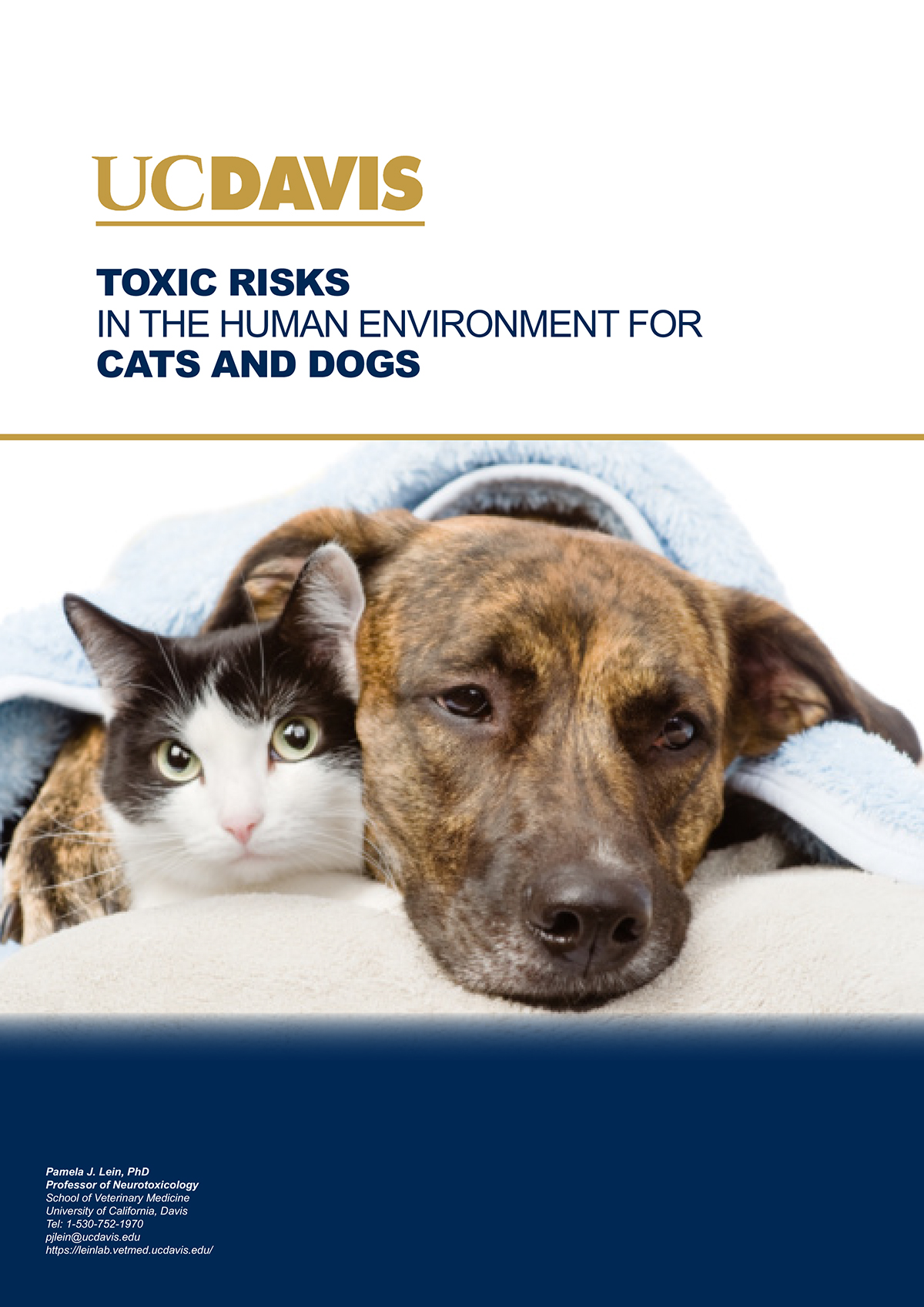Here, Pamela J. Lein, UC Davis, explains how crucial it is to be aware of toxic risks in the human environment for cats and dogs
In 2019, 85 million households in the UK and US owned pets. Cats and dogs are a familiar part of many homes, little beings that bring meaning to many lives. A pet can be the source of memories for a lifetime, giving children an understanding of death and also of life – what it means to be responsible, or what it means to be blissfully happy.
Understandably, people are constantly wary of things that could be toxic to their pets – especially things found naturally in the world of humans.
Most crucially, some humans remain aware of the exact elements in their environment that are poisonous to their pets. For instance, did you know that even a small amount of grape can significantly harm a dog? For a 20kg dog, four grapes can be enough to create a really dangerous risk of toxic poisoning. However, things like grapes and raisins are touted often as healthy snacks for pets – without any context given about their toxic potential.
Professor Lein guides us from a scientific perspective, through the various hazards that exist for pets. She explains the chemistry and biology that create such issues, and lists things with toxic potential that are alarmingly under-discussed.
When it comes to emergencies for dogs and cats, dog owners are more likely to call for help in December, while cat owners are more likely to call for help in July. These seasonal differences indicate that there are quite distinct dangers for both species – meaning that knowledge of one, does not encompass knowledge of another. For houses with both cats and dogs, an immersive knowledge is necessary to keep pets as healthy and happy as possible.
To find out more about what to avoid for the ongoing welfare of your cats and dogs, read the insights from Professor Lein here.


